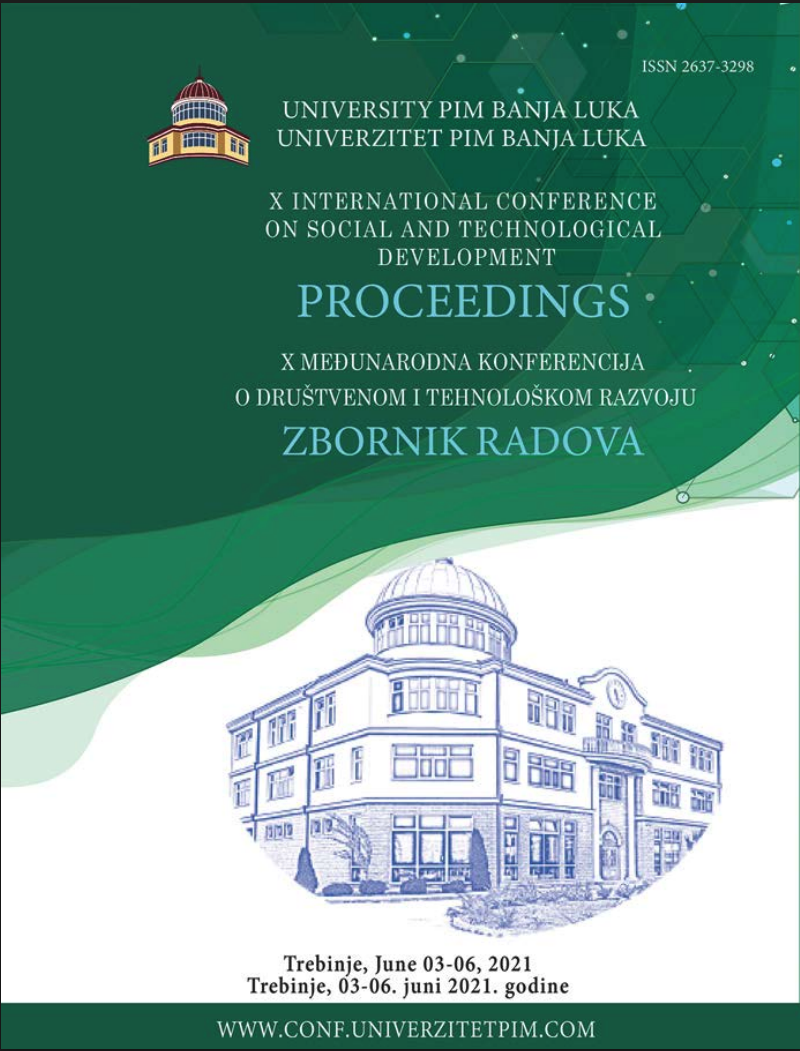
This is an open access article distributed under the Creative Commons Attribution License which permits unrestricted use, distribution, and reproduction in any medium, provided the original work is properly cited.
Faculty of Civil Engineering, University of Montenegro , Podgorica , Montenegro
Faculty of Civil Engineering, University of Montenegro , Podgorica , Montenegro
Faculty of Civil Engineering, University of Montenegro , Podgorica , Montenegro
The paper presents a study of the content of water - soluble and exchangeable forms of zinc in the dust on the main road M-17 through the city of Mostar. In the observed area, five localities were selected for the research of defined tasks. Dust samples were taken in one cycle (autumn 2018). The specified metal was determined in accordance with EU standards, using the instrument AAS (Atomic Absorption Spectrometry), type AA-6200-Shimazdu. method: FAAS-flame technique in determining the total zinc content and ETAAS-electrothermal technique in determining the water - soluble and exchangeable form of zinc. The results of the research show changes in the zinc content in different localities. The lowest zinc content was determined at the site of the Orthodox Church (Bjelušine) in the value of 28,33 mg / kg and the highest at the site Bišće polje in the value of 81,67 mg / kg. The concentration of water-soluble forms of zinc in the water extract was low and ranged from 0,52 mg / kg at the examined locality Bišće polje to 3,57 mg / kg at the examined locality Mazoljice. The content of exchangeable forms of zinc in acid extraction is the highest at the Bišće polje locality, 52,08 mg / kg, and the lowest at the Orthodox Church locality (Bjelušine) up to 9,51 mg / kg.
The statements, opinions and data contained in the journal are solely those of the individual authors and contributors and not of the publisher and the editor(s). We stay neutral with regard to jurisdictional claims in published maps and institutional affiliations.